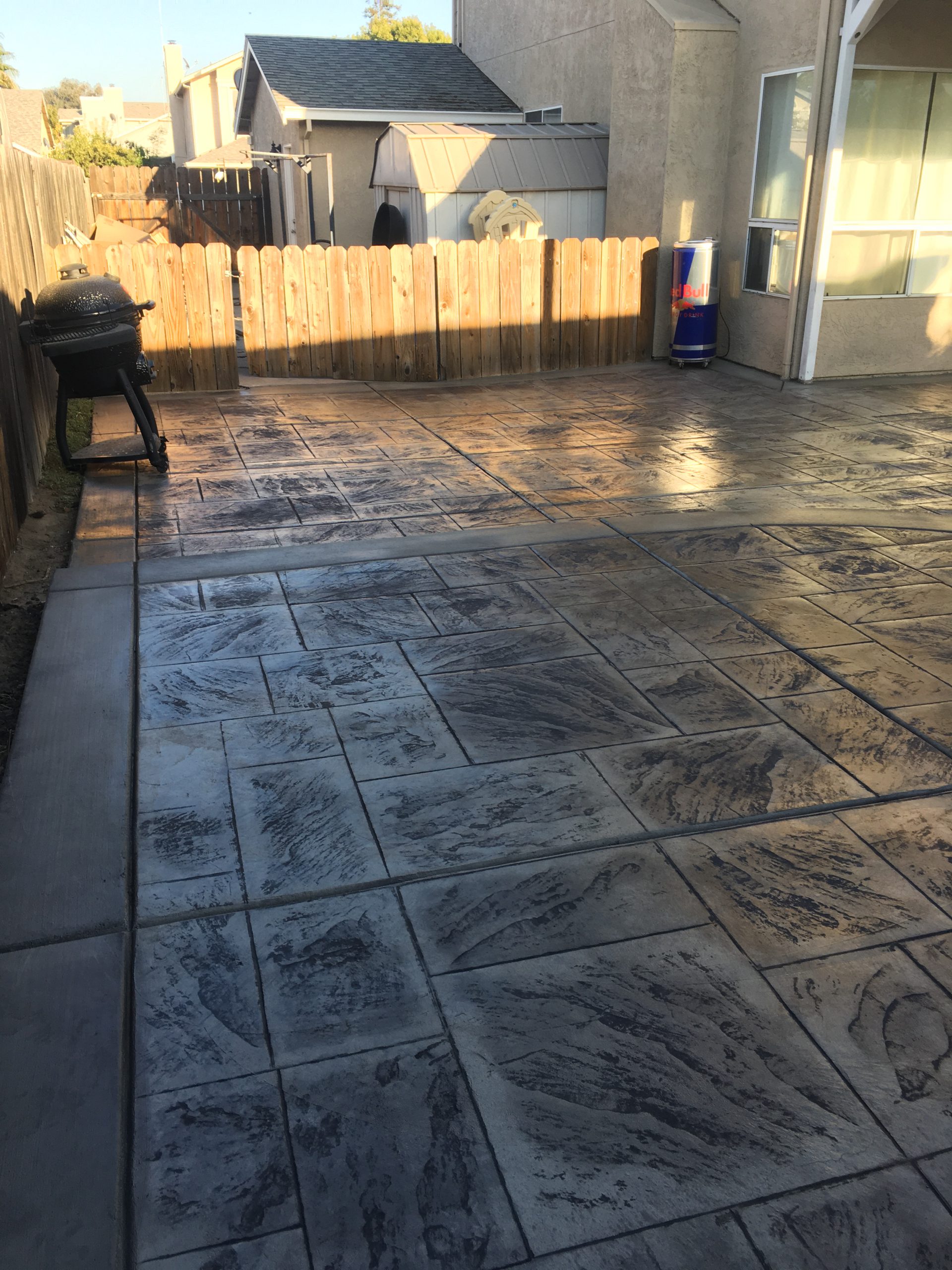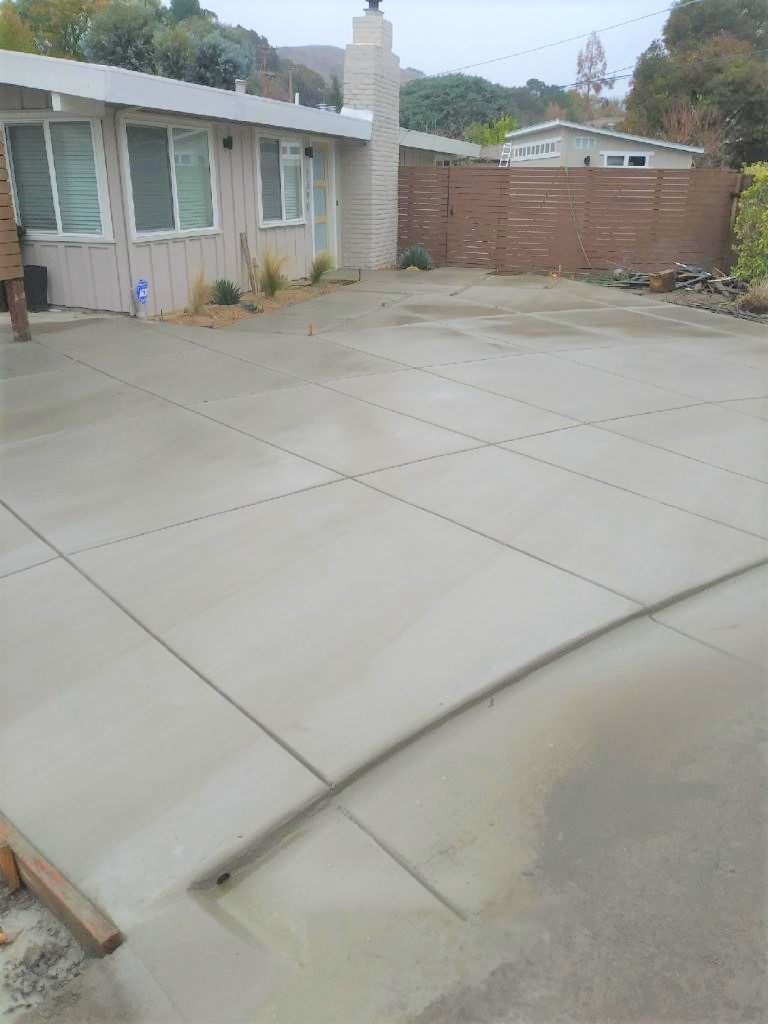What Is A Reinforced Concrete Slab?
A reinforced concrete slab is a key structural feature and is used in buildings to provide flat surfaces (floors and ceilings). In general, slabs are divided into a one-way slab and two-way slab based on the reinforcement given beam support, and span ratio. On two sides the former is supported, and the long to short span ratio is greater than two. The latter is however supported on four sides and the long to short span ratio is lower than two.
Various criteria and stipulations include the selection of appropriate and cost-effective concrete slabs, consideration, building form, architectural style, esthetic characteristics, and span length. Therefore, concrete slabs are further graded into single-way joist slabs, flat slabs, flat plate, waffle slabs, hollow core slabs, prefabricated slabs, grade slabs, hardy slabs, and composite slabs.
1. One-Way Slabs on Beams
Cast in situ method is used to build one-way slabs on beams that require fixing forms followed by reinforcement installation and finally pouring fresh concrete.
One-way slabs on beams are ideally suited for 3-6 m intervals, and 3 to 5KN / m2 live loads. These can also be used with comparatively higher cost and higher slab deflection for wider spans. But additional formwork is required for the beams.
2. One-way joist slab (Ribbed slab)
It consists of a floor slab, usually 50 to 100 mm thick, backed by ribs (or joists) of reinforced concrete. Typically the ribs are tapered and spaced evenly at distances of no more than 750 mm. The ribs are carried on columned girders.
A single-way joist concrete slab is ideal for 6-9 m spans and 4-6KN / m2 live loads. The amounts of concrete and steel are relatively small due to the deep ribs but costly formwork is needed.
3. Waffle Slab (Grid slab)
It consists of a floor slab, usually 50 to 100 mm thick, backed by ribs (or joists) of reinforced concrete. Typically the ribs are tapered and spaced evenly at distances of no more than 750 mm. The ribs are carried on columned girders.
A single-way joist concrete slab is ideal for 6-9 m spans and 4-6KN / m2 live loads. The amounts of concrete and steel are relatively small due to the deep ribs but costly formwork is needed.
4. Flat Plates
Flat plates may be installed as one-way or two-way slabs, and are supported directly by columns or walls. It’s easy to design and requires simple shaping.
Flat plates are ideally suited for spans from 6 to 8 m, and live loads from 3 to 5KN / m2. Added to that, the range of spans for prestressed flat plates is between 8-12 m, and can also be installed as post-tensioned slabs.
The advantages of flat plate adoption include low-cost formwork, exposed flat ceilings and faster building. Flat plates have low shear ability and relatively low rigidity which can cause visible deflection.
5. Flat Slabs
It is usually a reinforced concrete directly protected by columns or caps, without the use of beams. This type of slab is usually easy to build and needs little shaping. The loads are moved straight to the columns.
Flat slabs are ideally suited for 6 to 9 m intervals, and 4-7KN / m2 for live loads. They need more formwork than flat sheets, especially for column capitals. Just drop panels are used in most cases without the column capitals. This can be built as flat slabs post-tensioned.
6. Two-way Slabs on Beams
The design of this type of slab is similar to that of one-way slab on beams, but it may require more formworks since two-way slabs on both sides are supported. Beam slabs are ideal for 6 to 9 m spans and 3-6KN / m2 live loads. The beams increase the slabs’ rigidity, resulting in relatively low deflection. Additional formwork is necessary for the beams.



Need Reinforced Concrete Repairs?
The more difficult a project is, the harder we work to provide real solutions and state-of-the-art solutions. We partner with each client from concept to completion, which enables us to design and implement plans that meet or exceed our client’s goals.Our concrete design team is made up of highly skilled, experienced estimators and craftsmen who work diligently to minimize problems and ensure that we remain on schedule. With all the resources available to complete your project through strong connections with leading suppliers, we are a single source for any type of concrete formwork. For all our products and services, we use the latest industry technologies so you can insure your project will be completed on-time and under code. When it’s time to finish and place, you can count on our highly experienced crews who are skilled in all facets of the industry. Spaulding Concrete will deliver if you need experience with any type of structural concrete. To schedule your free quote, call or contact us today! We are proud to serve Orinda, Lafayette, Moraga, Pleasant Hill, Concord, Martinez, Pittsburg, Antioch, Brentwood and the surrounding areas.
